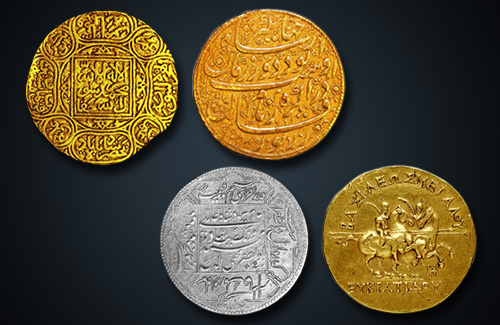Giant 20 Stater of Eukratides
The mystery King of Baktria (c. 171-135 BCE), is believed to have fought the Parthians and expand his kingdom in the northern parts of India. He struck the largest surviving ancient gold coin. This humongous coin is 58 mm in diameter and weighs 169.6 grams. Napoleon III acquired this unique example which was found in Bukhara (Uzbekistan) and today it resides in the Bibliothéque Nationale in Paris. The Obverse features a side profile portrait of the king, wearing a cavalry helmet. The reverse bears a depiction of the twin heroes Castor and Pollux carrying long lances and palm branches as they ride galloping horses. The reverse also bears an inscription in Greek - “Great King Eucratides.”
Catalogue reference: Indo-Greek and Indo-Scythian Coinage Volume 1 by Michael Mitchinaer, Type 175. Coin attributed to Pushkalavati Mint.
5 Tola Mohur of Malwa Sultan Mahmud I
Considered as the first of the Khalji sultan of Malwa, Mahmud Shah was a distant relative of Hushang Shah. Hushang’s son was completely incompetent and the nobles invited Mughith Shah, Mahmud’s father to be the successor. Mughith instead offered the emperorship to his son. During his successful regime, Mahmud issued heavy gold coins weighing 58.4 gm in 868 at Hadrat Shadiabad mint. The obverse reads “Al Wathiq Ba Tayid Al Mustaan Hami Al Iman Munajir Athar Al Kufr Wa'l tughyan Al Mansur Alla Al Mannan Al Dayyan Al Multaji Abu'l Muzaffar Ala Al Dunya Wa'l Din Mahmud Shah Al Sultan al Wali Al Khalji Khallada Allah Mulkahu”. The reverse bears Shahda in centre, in the margins names of Caliphs, date Mint Name Hadrat Shadiabad. Click here for more information.
1000 Tola Mohur of Jahangir
The grandest of them all would definitely be this gigantic gold coin issued by Nur-Al-Din Muhammad Jahangir. Struck at Agra Mint, this extremely rare coin weighs a whopping 11935 gms and has a diameter of 210 mm. The obverse legend reads Centre: ?Abul Muzaffar Nuruddin Muhammad Jahangir Badshah Gazi’ at the centre, Hazar Guna Sharaf Yaft Ruya Sikka Wa Zar’ at the top, Zi Naqash Nam Jahangir Shah Shah Akbar’ at the left margin, Ajab Na Bashad Agar Zad-i-Zawaj Sikka Adar’ in the bottom margin and Bi-Sikkakhana Ash’ in the right margin.
The legend on the reverse reads Zarb Dar-Ul-Khilafat Agra Sanat-i-Julus 8 Mutabia Bi-Sanat 1022 Hijri’ at the centre, Zi Fayz Didan Muhar-u-Hazar Naw Biche ash’ at the top, Hazar Bar Biblazz Zi Zevaq Nur-u-Nazar’ at the left margin, Bi Nam O Bad Sikka Wa Khutba’ at the bottom margin and Berher Ta Buwad As Siika Waz Khutba Asar’ at the right margin.
Click here to view complete details.
Jahangir had also minted 5 Mohur coins during his regime. This coin weighs 54.6 gms and is 38 mm in diameter. Click here to view complete details.
200 Rupees of Aurangzeb
Aurangzeb was another ruler who was known for the beautiful coins that he minted during his regime. Issued in 1803 this silver coin weighs 2275 grams and was struck at Shahjahanabad. The obverse inscriptions include the ruler's name and titles within square, poetic couplet around. The reverse inscriptions include the mint name with epithet Dar-ul-Khialafat Shahjahanabad in square. Click here to view complete details.
10 Rupee of Shah Alam II
Mughal emperor Shah Alam II (AH 1173-1221; 1759-1806 AD) issued a huge Silver 10-Rupees coin, in Hijri, AH 1185, which weighs 115.6g and has a diameter of 45mm. The coin was struck at Surat, in the name of the Mughal Emperor Shah Alam II. The coin is incredibly rare and only two known specimens survive today. Click here to view more details.
One would always wonder what these coins were actually used for.
Were they medals?
Were they simply used for gifting purpose?
Were they used for high value transactions to avoid carrying large lots of lower denomination?
Or something else?....
-
Stamps on International Refugee Day
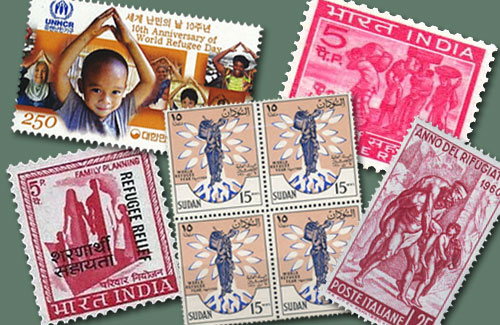
Violence, wars, terrorist attacks and prosecutions have torn the world apart into pieces t...
-
Young Philatelist: Mythical Creatures on Stamps
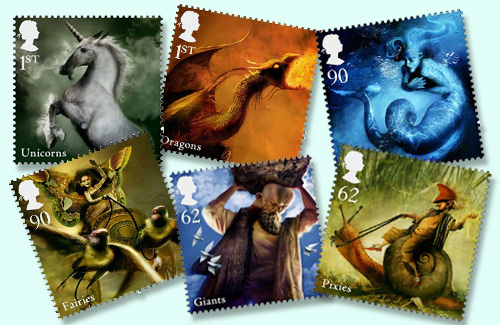
Can you imagine a world without stories? We were all born to tell and listen to them; that...
-
Young Numismatist: Time to Show You The Money
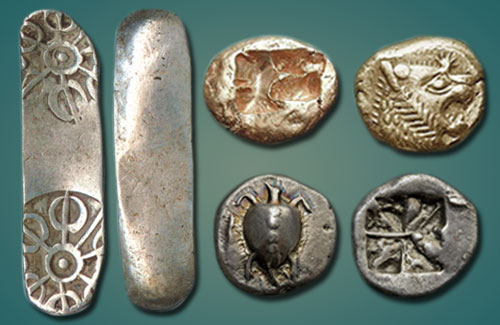
You always cribbed “Show Me the Money”. Now you get to see me in person, nice, up and ...
-
Types of Fancy Number Currency Notes
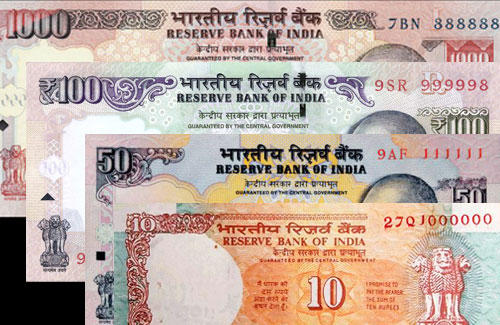
Types of Fancy Number Currency Notes Many notes come and go from your pockets and wallets...
-
Essential Tools for Every Stamp Collector

Gearing up the right way for anything that you have set your minds on always comes in hand...
-
Celebrating Buddha Purnima Through Coinage
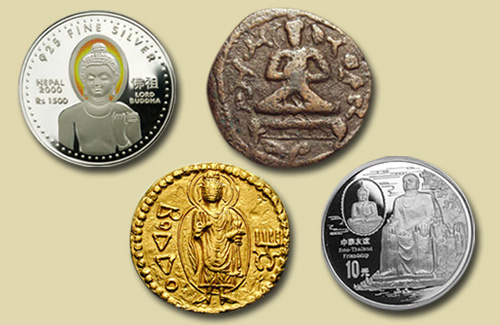
21st May will be observed as Buddha Purnima this year across the country, celebrating the ...
-
Why Can't a Country Choose to Get Richer By Printing More Paper Money?
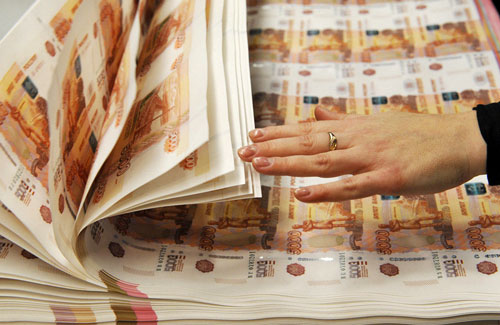
A question that many of us might have thought of, but never knew whom to ask. Today, let�...
-
Remembering Rabindranath Tagore
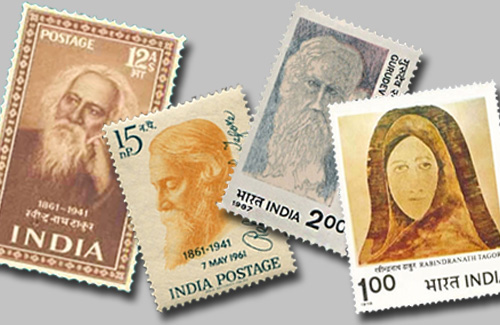
7th May 1861 was a special day in Indian history indeed. Rabindranath Tagore, one of the w...
-
CM Devendra Fadnavis Launches Mintage World
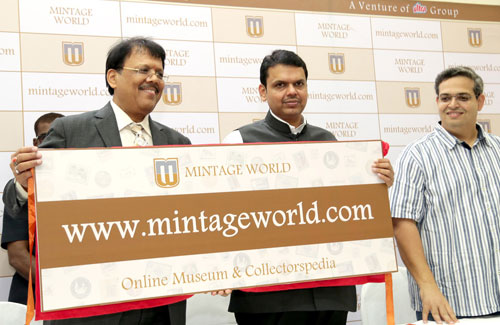
23rd April 2016 was a very special and eventful day indeed! Mintageworld.com was officiall...
-
8 Tips for Budding Stamp Collectors
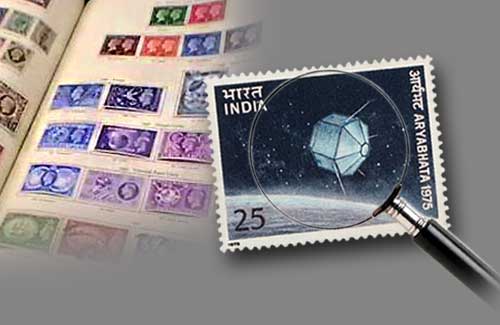
Collecting stamps is more than just a hobby for some. It’s an experience that helps you ...

